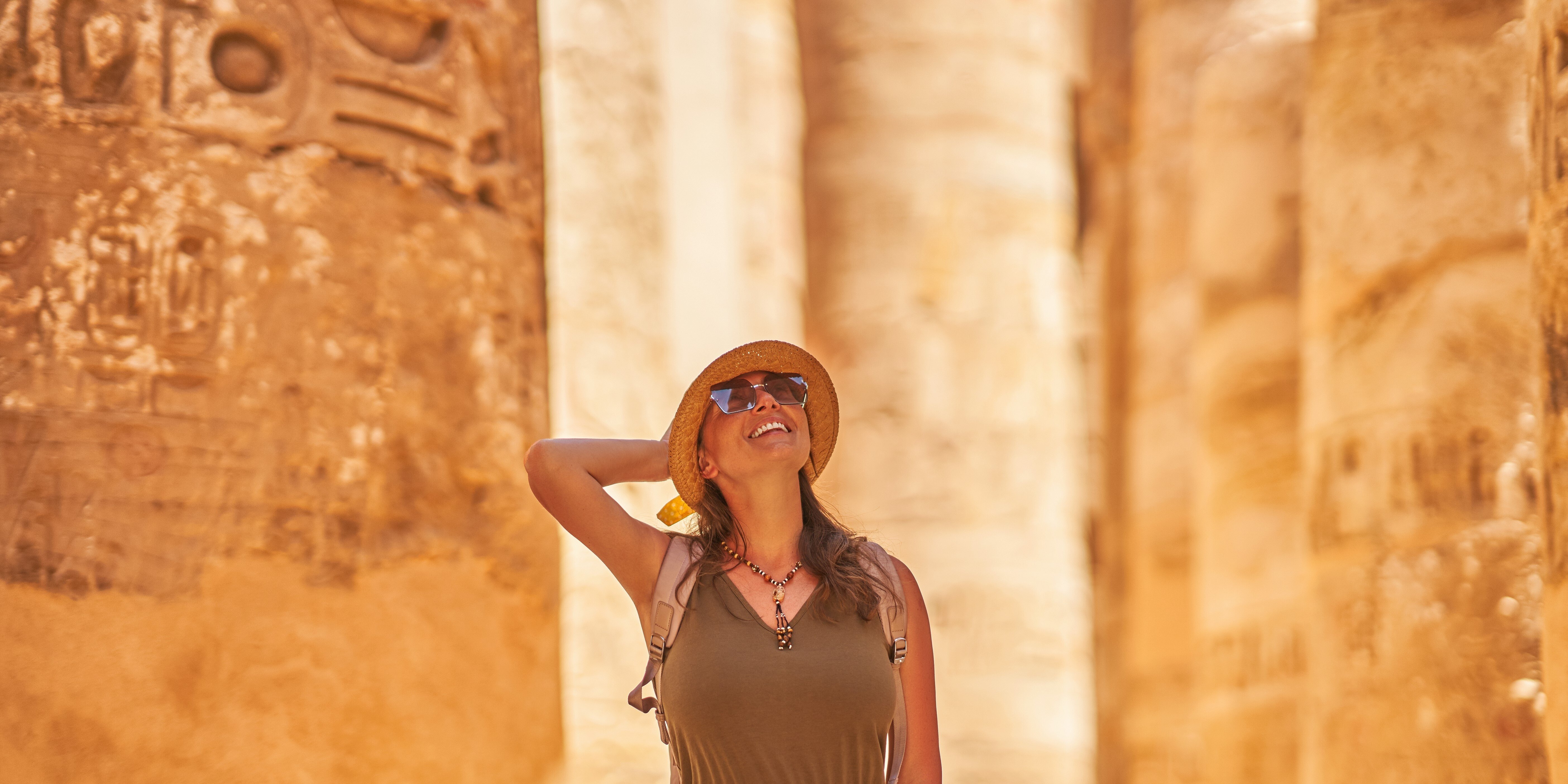In the vast expanse of the South Pacific, where the ocean's azure stretches endlessly and the skies seem to kiss the horizon, lies a world woven with threads of ancient tradition and vibrant modernity. Beyond the allure of pristine beaches and luxurious resorts, there is a heartbeat — steady, rhythmic, and resonant with the lives of those who have called these islands home for millennia.

Here, the true essence of the South Pacific reveals itself not in the glossy postcards, but in the quiet moments of cultural immersion. Picture the Bula Festival in Fiji, where the air is thick with the scent of hibiscus and the joyful cries of children, where "Bula" rings out not merely as a greeting, but as an invocation of life and health, a collective breath of vitality. It is here, in the embrace of the Fijian people, where travelers find themselves swept into a week-long celebration of parades, dances, and rituals that transcend the ordinary, beckoning them to partake in a legacy that is as old as the islands themselves.

Across the waters, Australia’s NAIDOC Week invites one into a different kind of reverence — a tribute to the enduring spirit of the Aboriginal and Torres Strait Islander peoples. It is a time when the ancient stories of the Dreamtime whisper through art exhibitions, dance, and ceremony, offering a profound connection to the land and its first inhabitants. The land speaks in rhythms known only to those who listen closely, and here, travelers are not just observers but are welcomed as participants in a timeless tradition.

New Zealand, with its rugged landscapes and rolling green hills, offers another kind of invitation. The Powhiri, a traditional Māori welcome, is a ceremony that transcends words — a symphony of voices, chants, and the press of noses in the hongi, a gesture as intimate as it is powerful. It is in this simple act, where breath mingles and worlds collide, that one begins to understand the deep connection between the Māori people and their land — a bond that is both sacred and unbreakable.

And then there is the food — earthy, smoky, and redolent of the land from which it springs. The South Pacific’s culinary traditions are more than mere sustenance: they are a bridge between the past and the present. In Fiji, the lovo feast emerges from the earth, its flavors imbued with the essence of the land, a communal act of cooking that brings people together in celebration. Australia offers the ancient tastes of bush tucker, foods that have sustained its people for centuries, each bite a testament to survival and ingenuity. In New Zealand, the hangi is a meal born of the earth’s embrace, where the heat of buried stones transforms simple ingredients into a feast that feeds not just the body, but the soul.

To journey to the South Pacific is to step into a world where time moves differently, where the past is ever-present, and where every experience is an invitation to connect more deeply — with the land, with the people, with oneself. It is a place where the magic lies not in what can be seen or touched, but in what is felt — a quiet, persistent sense of belonging to something greater, something enduring. Here, on these islands, the world’s heartbeat slows, and one can finally hear the stories that have always been there, waiting to be told.










